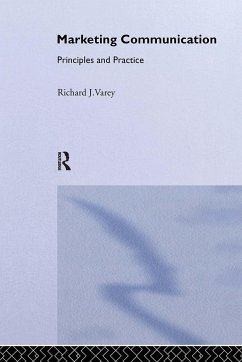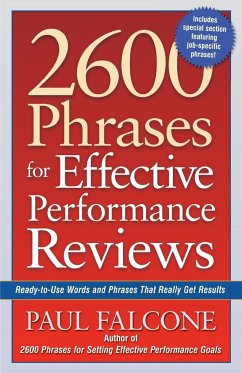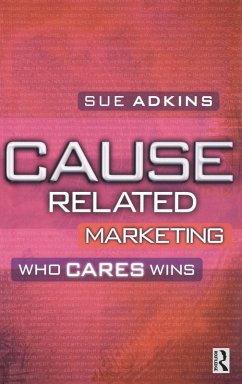
Professional and Business Communication
Personal Strategies for the Post-Digital World
Versandkostenfrei!
Versandfertig in 1-2 Wochen
172,99 €
inkl. MwSt.
Weitere Ausgaben:

PAYBACK Punkte
86 °P sammeln!
This new edition of Professional and Business Communication is an ideal core communications textbook for students on business, management and professional courses preferring a practice-focused, and colloquial approach that combines accessibility with key theory.














